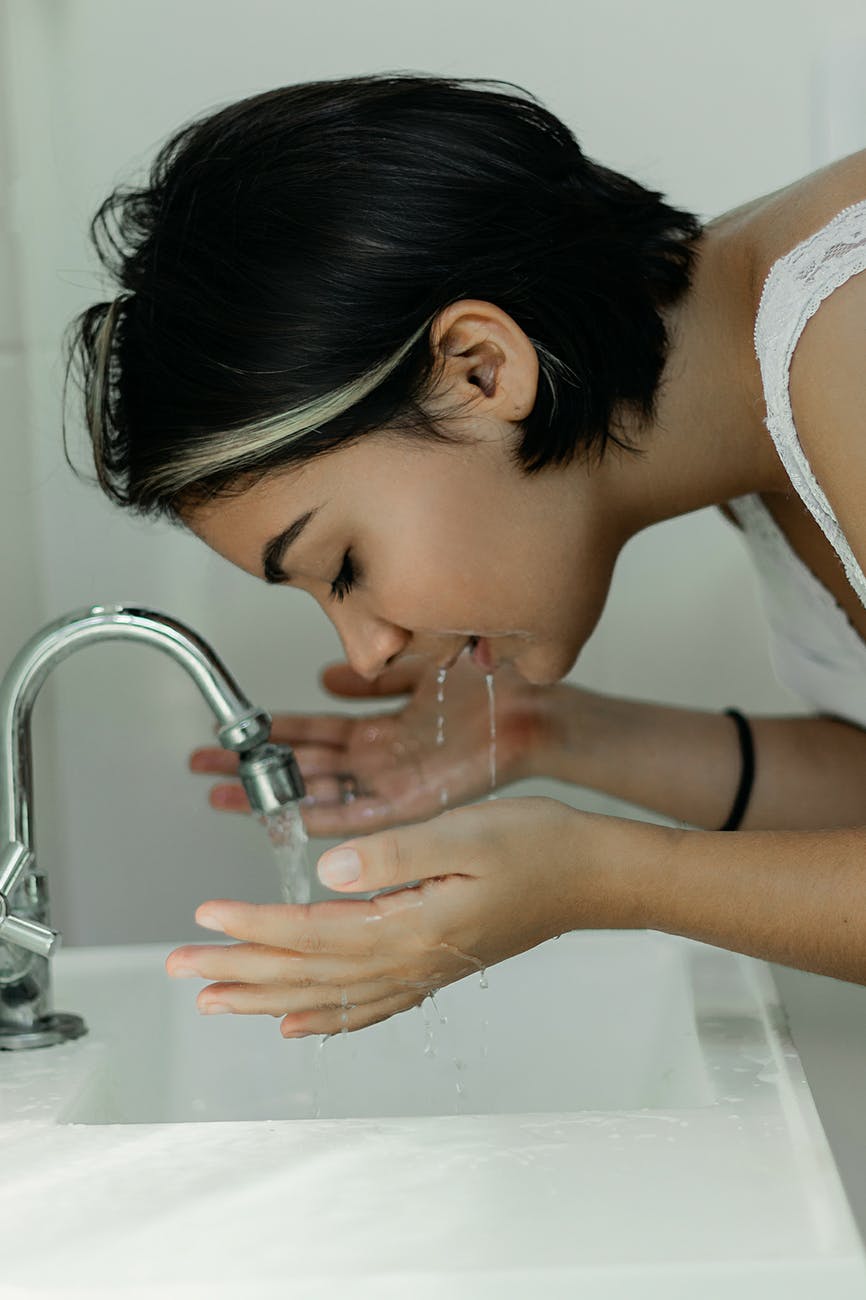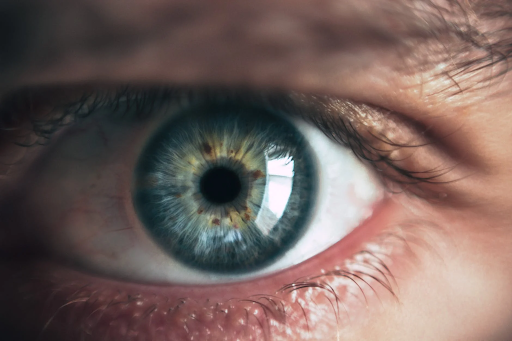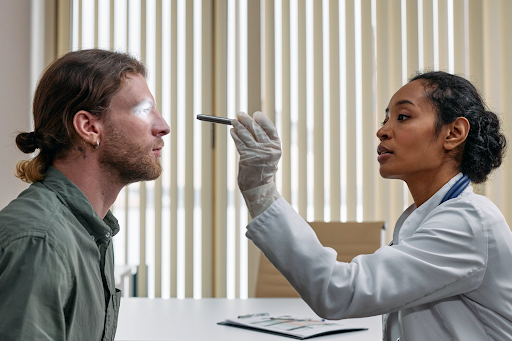What are the Causes of CKD?
CKD or chronic kidney disease is a term that describes the gradual loss of the organs’ functions over time. The most common causes of the disease are high blood pressure and diabetes. Your doctor will generally do a series of tests, look at your medical history, and do follow check-ups to know if you have this medical condition. See more about CKD on this page here. The condition will get worse when left untreated, and if it’s going to be severe, the kidneys will stop working altogether. This will generally mean that a patient might need to undergo an organ transplant or dialysis to live. When the kidneys lose their ability to filter the fluids, salts, and waste out of the blood, these toxins can slowly build up in the bloodstream. This can be harmful to one’s health overall. There’s an end-stage renal disease or kidney failure that can’t be reversed. If the physician finds this damage early on, most doctors will require their patients to follow specific diet plans and prescribe medications to prevent the situation from worsening.
Common Causes of Kidney Diseases
The two most common culprits of CKD are high blood pressure and diabetes. Diabetes is one of the causes of CKD, and it’s often common for people with high levels of sugar in their blood that don’t seem to go down. Over time, this will result in organ damage, including the kidneys, eyes, nerves, blood vessels, and heart. Some of the signs of CKD present from a diabetes condition is the presence of proteins in the urine. When the filters can no longer do their jobs, the albumin protein can go to the urine, which can indicate a problem. Healthy kidneys don’t let albumin pass through the blood to the urine. Hypertension or high blood pressure can occur when the blood vessels experience a higher than-usual pressure. If this remains uncontrolled, this will result in strokes and heart attacks. When the filters are not able to remove the extra fluids and wastes, this can cause the blood vessels to raise more pressure. This can be a dangerous cycle where patients must get out as early as possible.
Other Common Causes
- Genetic disorders
- Infections
- Drugs
- Lupus
- Goodpasture’s diseases
- Lead poisoning
- Alport syndrome
- Hemolytic uremic syndrome
Symptoms to Know
Some of the signs of symptoms to watch out for are the following:
- Extreme Vomiting
- Nauseous Feelings even without Food
- Extreme Weakness or Regular Fatigue
- Insomnia
- Urinating Less or More
- Mental Decline
- Sore Ankles and Feet
- Itchy and Very Dry Skin
- Uncontrollable Hypertension or High Blood Pressure
- Shortness of Breath
- Chest Pain
- Eye Puffiness
- Muscle Cramping
- Poor Appetite
Risk Factors of CKD
Any other person can get chronic kidney disease regardless of their age. However, there are others that more at risk with CKD, and this is generally present in those who:
- Have a long family history of getting diabetes
- Families who have members prone to hypertension
- A history of kidney failure
- Elderly people
- People who are Asian, Hispanic Americans, Pacific Islanders, and African Americans
Treatment Options
As mentioned, there’s currently no cure for CKD. However, there are things that patients can do to stop this condition from getting worse or if they want to get relief from their symptoms. These are the following:
Making significant and healthier lifestyle changes – A patient should eat healthy foods, sleep well at night, and exercise.
Kidney transplant – For patients with advanced medical conditions like level 5 CKD, a kidney transplant is generally a must to save their lives. Get more info about the transplant on this site: https://www.hopkinsmedicine.org/health/treatment-tests-and-therapies/kidney-transplant.
Dialysis – This treatment will mimic the kidneys’ functions in cleaning wastes and toxins from the body. This can apply to those who have level 5 diseases.
Medications – The prescriptions can help in controlling high cholesterol levels and blood pressure, and they are often given at any stage of the disease
It’s important for people to have a healthy and nutritious diet and to stop smoking. It’s best to restrict salt consumption to just a single teaspoon daily. Regular exercise can also help, and it’s best to aim for a few hours a day for running or just walking around. Avoid ibuprofen, NSAIDs, and other medicines that are from over-the-counter stores and were not prescribed professionally by physicians. People who are obese, need to lose some weight and manage their alcohol intake.
Controlling One’s Blood Pressure

Others should take extra steps to ensure that they aim to have blood pressure below 140/90mmHg. Some medications are available for blood pressure, but the most common ones are angiotensin-converting enzyme inhibitors or ACE. For people with type 2 diabetes and who have a high ratio of albumin to creatinine, there are specific medicines they are required to take. This can be in the form of dapagliflozin, which helps reduce damage to one’s kidneys and keep the overall blood sugar lower.



